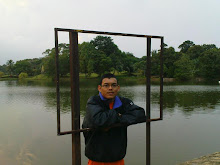
The Shafaq (also written Shafagh, Shafag, or Shakhab, meaning "Before the dawn") was described as a look-a-like of the YF-17. The Shafaq is an advanced Light Attack/Trainer aircraft designed by the Aviation University Complex (AUC), part of the Malek Ashtar University of Technology. The Shafaq was reportedly a subsonic aircraft, made of radar-absorbing material. It has a large leading edge root extension (LERX) and a root aft of the wing, giving it an unusual circular sub-section. The Shafaq drawings show a subsonic attack aircraft with an empty weight of just over 11,000 pounds, an overall length of about 46 feet and a 39-foot wingspan. The design included seven stores hardpoints–three beneath each wing and one beneath the aircraft's fuselage centerline.
Reportedly there were plans are to produce three versions, a one-seat fighter, a two-seat light attack aircraft and a two-seat operational trainer. Other reports suggested that the Shafaq would be built in three variants, which include a two-seat trainer, two-seat light attack and a one-seat light attack variant. Shafagh would incorporate various technologies of materials developed for the Azarakhsh. It is speculated that the Shafagh will be powered with the Russian Turbojet Klimov RD-33 used on the MIG-29.
The design for a new Iranian light attack aircraft appeared to be a replay of a light fighter design developed around the end of the Cold War at the Mikoyan design bureau in Moscow. The design of a nearly identical aircraft was set forward for the Russian Air Force as both as a light multi-role fighter, and as an operational trainer.

No comments:
Post a Comment